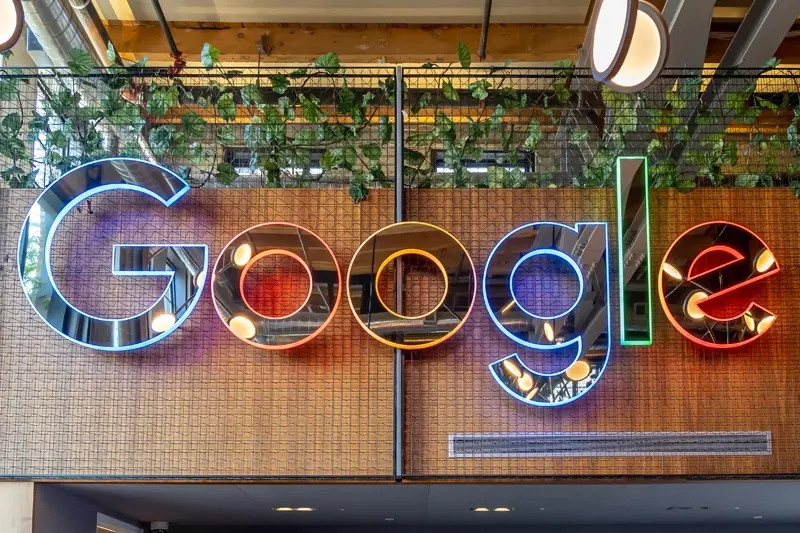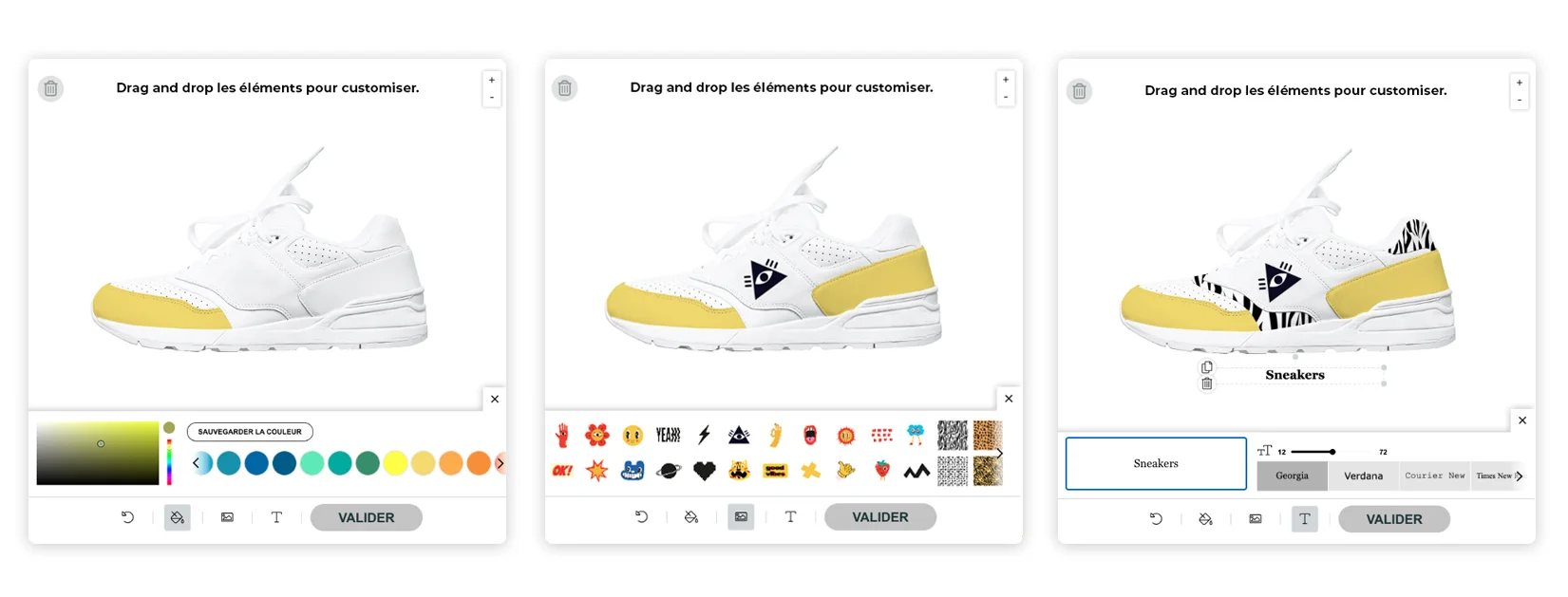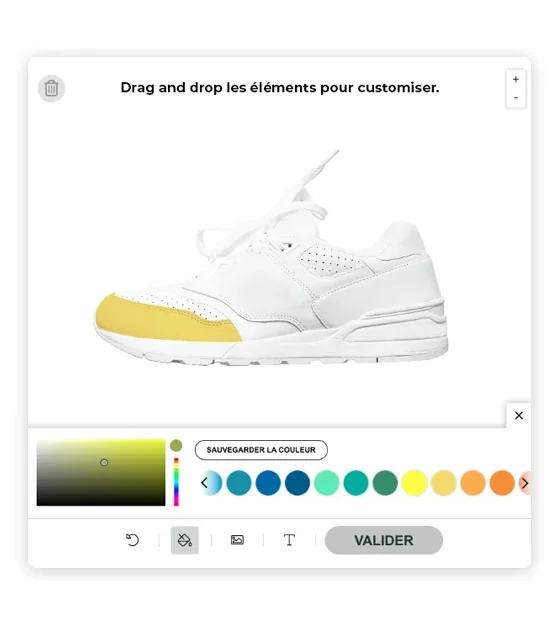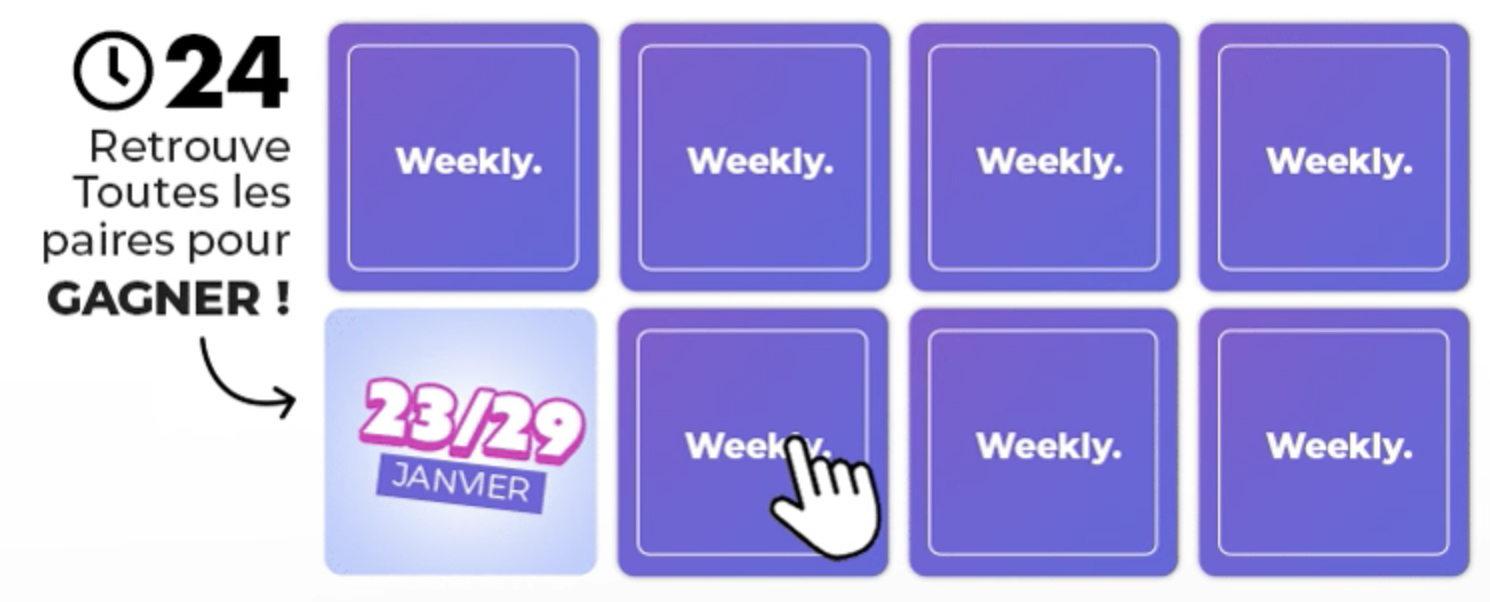
Everything you need to know about data collection
The data collection landscape is undergoing a profound transformation. In July 2024, Google announced that it would maintain third-party cookies in Chrome, offering the possibility of managing their activation. After several years of uncertainty about their removal, this decision reaffirms the importance of adopting data collection strategies that are aligned with user expectations.
Why collect data? Let’s delve into the heart of zero-party and first-party data to decipher these concepts, understand current developments and identify opportunities for your marketing strategies.
Why collect data and what exactly is involved?
First of all, it’s important to understand the context and the terms used. So we’re going to introduce you to those rather barbaric terms zero, first and third party data.
What are zero-party first-party data?

Zero party data is considered to be the Holy Grail for any business!
And why is that? Because it’s data that users voluntarily provide to the company. It is valuable because it is considered to be accurate and reliable. It can include user preferences, interests and demographic data. Surveys, polls and competitions are the best ways to collect this data.

First party data is collected via a company website. It cannot be accessed outside this context and is collected securely. This data is used to improve the user experience or to target advertising. It may contain several types of information (name, email address, telephone number, shopping list or information relating to visits to a site). It is collected when a customer account is created or when a conversion pixel is installed on the website.

Second-party data is collected via a third party. The third party holds the data on a first-party basis, i.e. on its own site. It is therefore an exchange between two companies, with no intermediary.
And what about third-party data?
“Hi, it’s us cookies!”

Or third-party cookiesare data collected by intermediaries on the site visited. This data is collected from domains other than that of the site visited. Unlike second-party data, which we briefly discussed above, this data is generally managed by third parties.
Third-party cookies record browsing habits, the sites visited or the keywords searched and are used for advertising.
By the way, why are you suddenly hearing about these third-party cookies? As it happens, the impact on users’ privacy has been the subject of much debate recently. Critics accuse these uses of data collection without the consent of users. Which is an alarming subject, needless to say.
Faced with these concerns, many browsers have decided to limit third-party cookies. This is the case with Firefox and Safari. New regulations, such as the RGPD in Europe, have been put in place to ensure that users are better informed about this rather unusual data collection.
So, in order to respect the privacy of their users, many advertisers have started to turn to other types of data. Like the first-party and zero-party data you are now familiar with, which are less intrusive (while offering more qualified advertising targeting).
What are the developments and how to anticipate them?
Learning to adapt to the changing data environment
The question of the disappearance of third-party cookies is not new. Let’s just say that it was highlighted by Google’s latest intervention on the subject. A number of browsers such as Safari, Firefox and Tor have already taken the plunge. Google, for its part, has chosen to maintain third-party cookies in Chrome, allowing users to decide whether or not to activate them.
However, it remains vital to look at other types of data in addition to third-party cookers in order to compensate for data depreciation.
Conquering zero party data
Remember. At the beginning of this article, we talked about a type of data that is considered to be the Holy Grail for any company! If you’re going to change your data collection strategy, why not opt for the most advantageaous model?
So it’s zero-party data that we recommend you focus on.
This strategy is above all based on contract of trust between a company and its customers. And to establish this trust, brands seek to interact intelligently with their customers. In the current climate of tension surrounding data collection, it is important for companies to reassure customers while continuing to gather valuable information.
As a reminder, zero-party data is advantageous because it allows consumers to provide their data on a completely voluntary basis. When it comes to capturing purchasing intentions or customer preferences, this type of data collection represents the future of digital marketing.
But engaging your audience in this way is not so simple.
In addition to the trust placed in the brand, users also need to make the most of this exchange of good practices.
Here, the choice of the word game is particularly appropriate. An interactive format will tend to increase the time spent with the brand as well as brand recall. What’s more, if the brand offers a real interest in interacting with it -with an endowment for example- this will naturally increase the attachment and trust that users have in the brand.
Data zero-party, solutions for engaging your audience following data collection
Now you know all about good practice in data collection. It’s now time to look at the practical solutions available to you for putting in place a data collection strategy in line with your users’ interests.
Interactive campaigns: the ideal solution for generating qualified leads?
The timeless interactive mechanics can be used to meet objectives of engagement and lead qualification. Here, the idea is to spend time with your audience and give them a voice to capture thier buying intent.


Customizable is the word that best describes the Customizer mechanism. It is its main asset. In this example, we chose to customize a shoe, but it could have been a completely different product. In the end, in this strategy, the product doesn’t matter, it’s the potential for customisation that interests us.
Offering users the chance to choose the style of the next flagship product in a collection is extremely engaging and offers several avenues for collecting behavioural data:
- customer knowledge (campaign registration form)
- product preference
- user preference
The customisable form can be used to collect qualified data and the selected mechanics.
Say goodbye to traditional display and hello to interactive display to engage your audience
Interacting with your audience using interactive display means that you ensure that your brand is promoted and remembered.These are the key-words of this atypical model, which above all keeps its promises: engage and stand out.

In this example, the Memory mechanic encourages the user to discover the cards in less than 30 seconds. The very principle of the game is to memorise the cards. This makes it easier to pass on important information. at the end of the game, a redirection completes the fun.
Conclusion
Finally, it is understood that the data collection strategy model is changing. The important thing is to anticipate these changes. By opting for the model that is most advantageous for you, but also and above all for your users. Zero party data collection is seen as the most promising solution. Because it is above all a contract of trust between a company and its customers.
Although Google has decided to maintain third-party cookies, it is essential for advertisers to continue to explore alternatives such as zero-party data and to adopt solutions that comply with current regulations, in order to respect users’ privacy and prepare for any future changes.
Let users have their say, and capture purchasing intentions and customer preferences so you can get to know them better!






